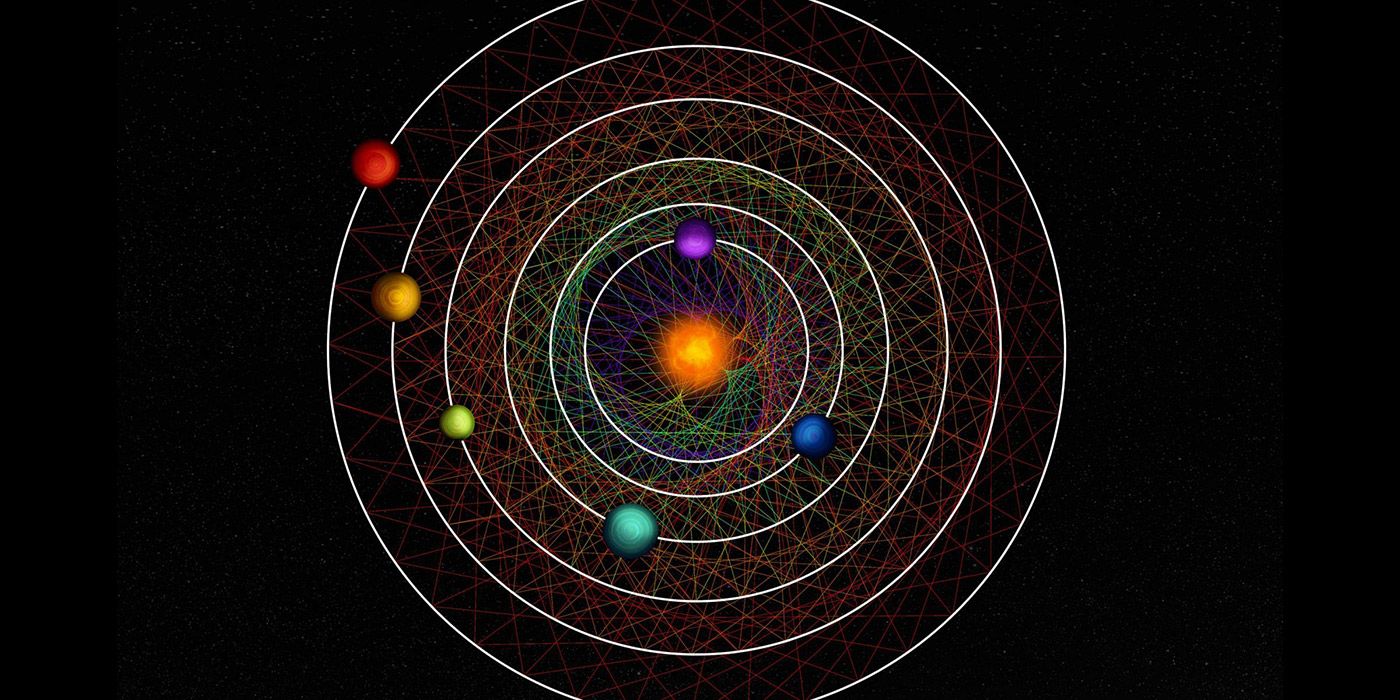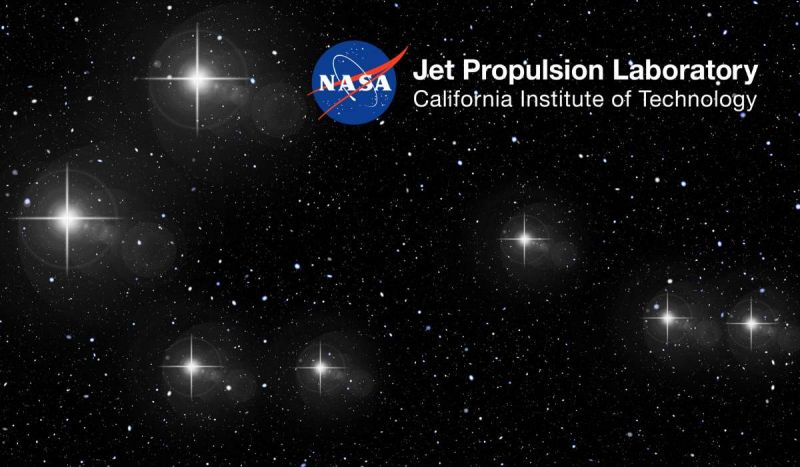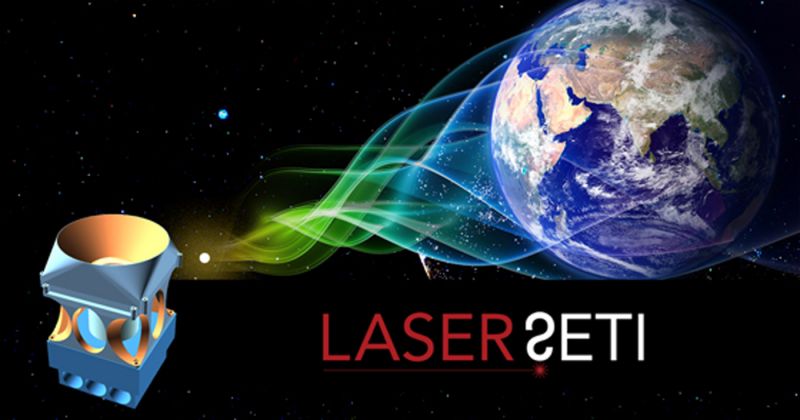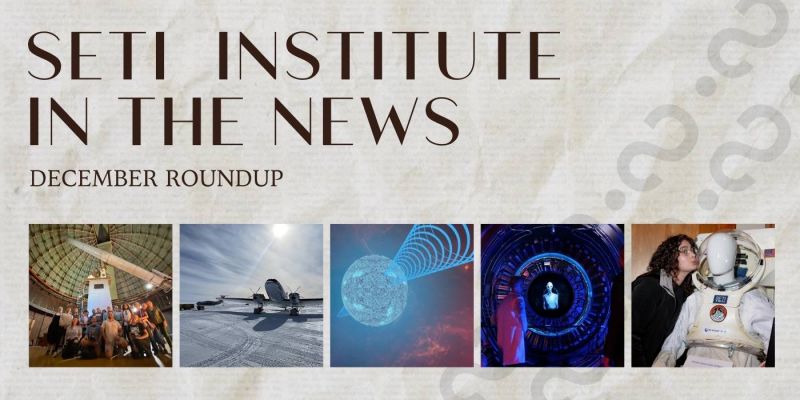
A team of researchers led by University of Chicago astronomer Rafael Luque analyzed data acquired by both NASA’s Transiting Exoplanet Survey Satellite (TESS) and ESA’s CHaracterising ExOPlanet Satellite (Cheops) and found a unique planetary system. Orbiting a star cataloged as HD110067, this system contains six sub-Neptune planets. Incredibly, all six planets are orbiting in direct resonance with each other. The results of the work were published on November 29 in Nature.
In 2020, transit data collected by TESS, which tracks the change in the star’s brightness, revealed at least two planets. Their orbits were about nine days for the closer and fourteen days for the farther world. Additionally, the transits provided hints of several more planets. Then follow-up data from Cheops identified a third planet orbiting in twenty days.
From these orbital periods, Luque realized that these three planets orbited in a 3/2 resonance with each other. Planet b, the innermost, orbits three times in the same amount of time that planet c, the next one out, orbits twice. Planet c orbits three times while planet d orbits twice. Next came a lot of math.

Working through the calculations to find potential resonances, the team matched one set of transits to a planet orbiting in 31 days. Again, the orbit was a 3/2 resonance, with planet d orbiting three times to planet e’s two times. However, there were possibly two more unmatched transits in the data. TESS had only observed each one a single time, making confirmation difficult. One planet orbited in 41 days; the other in 55.
Adding to the difficulty, the TESS data that could have confirmed the outer two planets contained excessive light from the Earth and Moon. Enter scientists Joseph Twicken (SETI Institute, NASA Ames Research Center) and David Rapetti (NASA Ames and USRA), who were working on code to recover lost data due to scattered light. Rapetti applied the code to the TESS data and found the two transits as predicted.
While multi-planet systems turned out to be common, this system’s resonant orbits are special. Luque notes, “We think only about one percent of all systems stay in resonance, and even fewer show a chain of planets in such configuration.” Staying in resonance with six planets means this system may answer questions about planetary formation. Luque explains, “It shows us the pristine configuration of a planetary system that has survived untouched.”
In addition to hosting an “untouched” planetary system, HD110067 is the brightest known star to host at least four planets. With short, close-in orbits, the atmospheres of these sub-Neptunes are likely to be puffed up. And that makes them all excellent targets for future observations using the NASA/ESA/CSA James Webb Space Telescope. These types of worlds are expected to host hydrogen-based atmospheres, and few examples have been confirmed to date.
Luque concludes, “This discovery is going to become a benchmark system to study how sub-Neptunes, the most common type of planets outside of the solar system, form, evolve, what are they made of, and if they possess the right conditions to support the existence of liquid water in their surfaces.”
This system provides scientists with a wealth of potential discoveries, from answering questions about planetary formation and system evolution to characterizing the atmospheric composition of sub-Neptunes. And potentially give us several more places to look for life beyond Earth.
Original sources: ESA press release, University of Chicago press release, NASA Exoplanets blog
This article was originally published at universetoday.com





